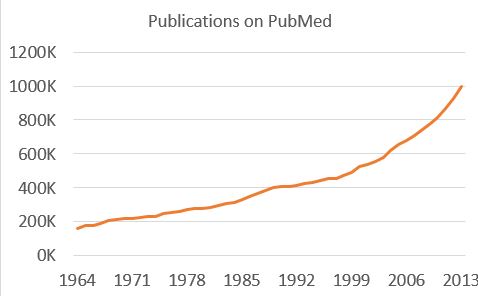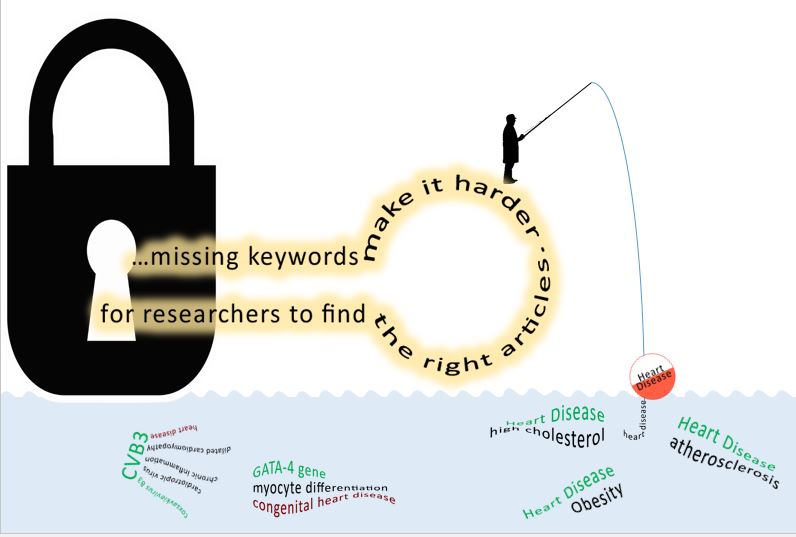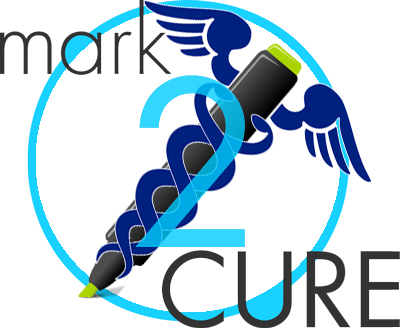The problem of keeping up with scientific literature is not new. In 1986, information scientist, Don R. Swanson, published an article about mining the wealth of knowledge buried in academic literature. In his article, “Undiscovered public knowledge”, Swanson investigated information that was not readily available simply because individual biomedical research papers were (and in many ways still are today) created “to some degree independently of one another.” By investigating literature that was “logically connected”, but was otherwise “non-interactive”, Swanson teased out a hypothesis essentially joining two small fields of research.
Since then, researchers are still trying to develop methods to wade through this ever-growing body of literature, only now there are about one million new biomedical research articles being published per year compared to the roughly 350 thousand published in 1986.

Finding the right information is a problem that’s only going to get worse unless we do something
Compound this issue with the growing amount of information that is now contained within biomedical research literature, but is not readily accessible due to lack of appropriate annotations.
For example, if you are looking for heart disease articles using a key word search (hook and lure), you will definitely find plenty of articles that were indexed with that particular key word. Unfortunately, you will also miss plenty of articles which are relevant to heart disease, but were not indexed with that key word. Now consider that researchers do not search just by key words–they may be searching by gene id’s, protein symbols, techniques used, drugs involved, symptoms, etc. Yet, much of biomedical research literature is not sufficiently annotated to be found by these searches. To get an idea of just how much information is contained and could be extracted in a biomedical research article IF it was better annotated, check out the post by the winner of the Network of BioThings Driving Biological Project contest.
Commercial companies are already starting to offer annotation services, but not every research group can afford these services.
Want to be a part of the SOLUTION?
The Su Lab is working on developing a citizen science approach for annotating biomedical literature, but this approach will not work without the valuable contributions of citizen scientists like yourself. You don’t need to be familiar with biomedical research to help. You just need to be able to read. Join the Mark2Cure interest list to be informed when Mark2Cure launches and help move science forward.


